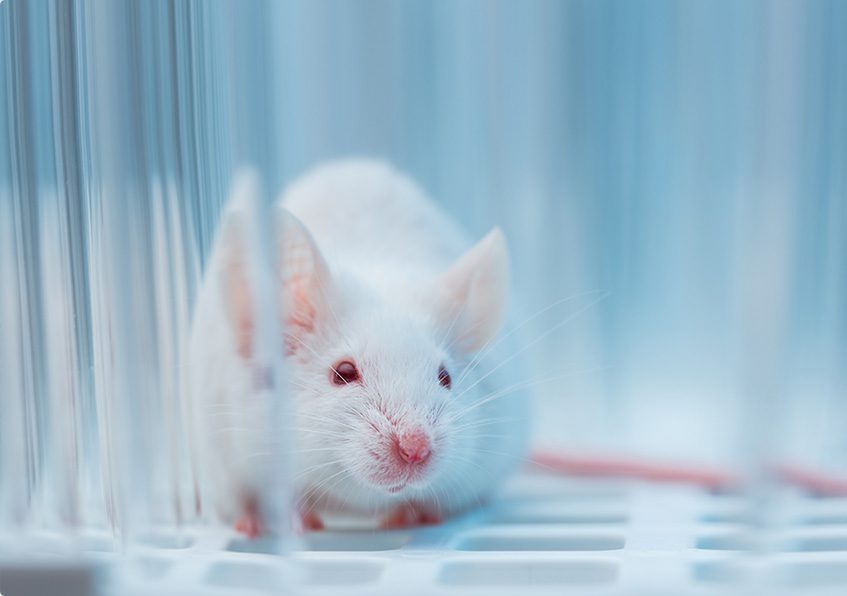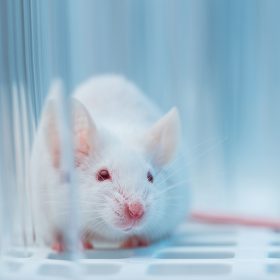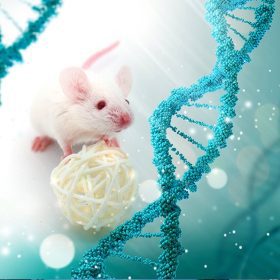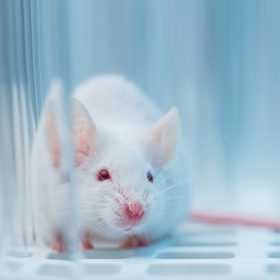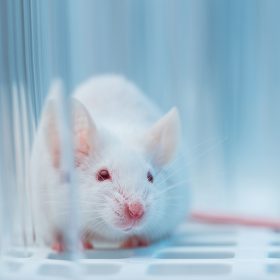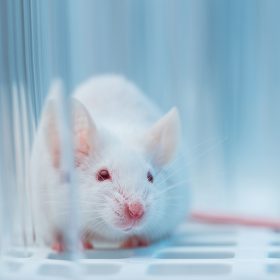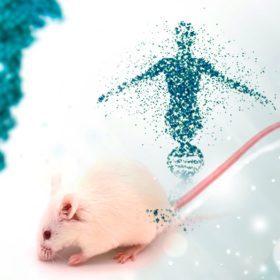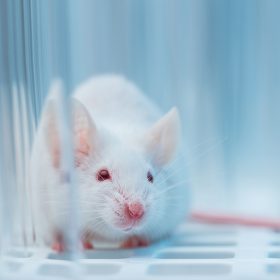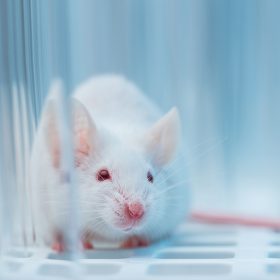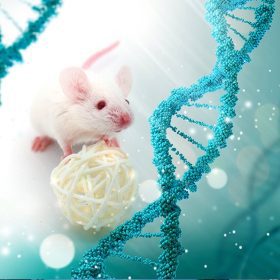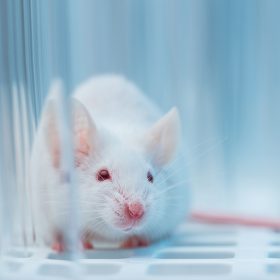Hemophilia A Mouse Models
Hemophilia A Mouse Models
Add to cart
Hemophilia is a coagulation disorder caused by mutations in specific genes encoding clotting factors. There are two major categories of hemophilia: hemophilia A and B. 80 to 85% of patients with hemophilia are affected by hemophilia A or B.
Hemophilia is characterized by either spontaneous or non-spontaneous bleeding, including uncontrollable bleeding during trauma or surgery and irreversible joint injury resulting from frequent bleeding in the joint cavity. Hemophilia A (HA) is a bleeding disorder caused by the absence of clotting factor VIII (FVIII), which is primarily produced and secreted by the liver into the bloodstream.
FVIII participates in the endogenous clotting pathway, activating downstream clotting factors and prothrombin via a series of cascades with amplification effects, which activates thrombinogen, ultimately producing a hemostatic plug to stop bleeding. Its coding gene, FVIII, is located on the X chromosome, and different mutations, including point mutations, missense mutations, translocations, and insertions can lead to insufficient synthesis or malfunction of FVIII and the development of hemophilia.
GemPharmatech has developed a B6-F8-KO hemophilia A mouse model by knocking out certain exons of the C57BL/6JGpt FVIII gene, which causes a frameshift mutation that results in FVIII protein deficit. This model can simulate the pathophysiology and main symptoms of hemophilia. It can also be used to evaluate the efficacy and safety of gene therapies and screening for other types of treatments for hemophilia A.
Application
- Screening of hemophilia A therapeutics
- Efficacy and safety evaluation of hemophilia A gene therapies
- Pathogenesis study of hemophilia

